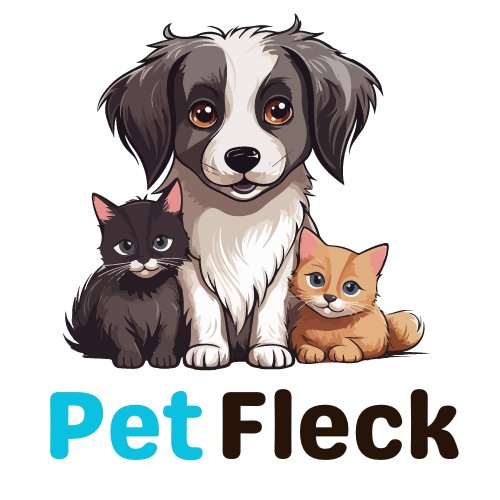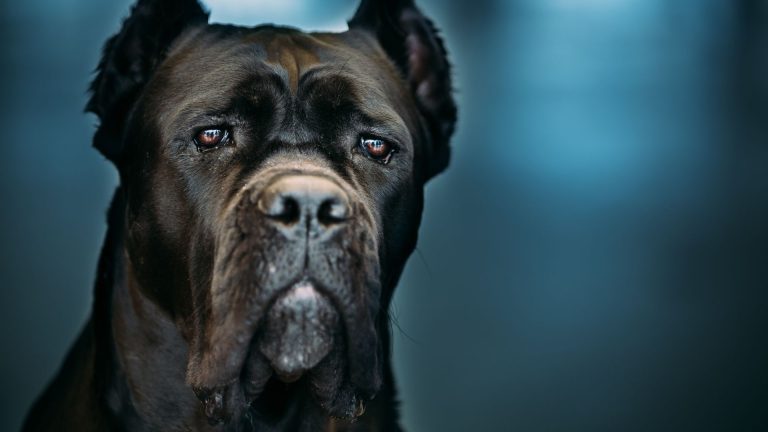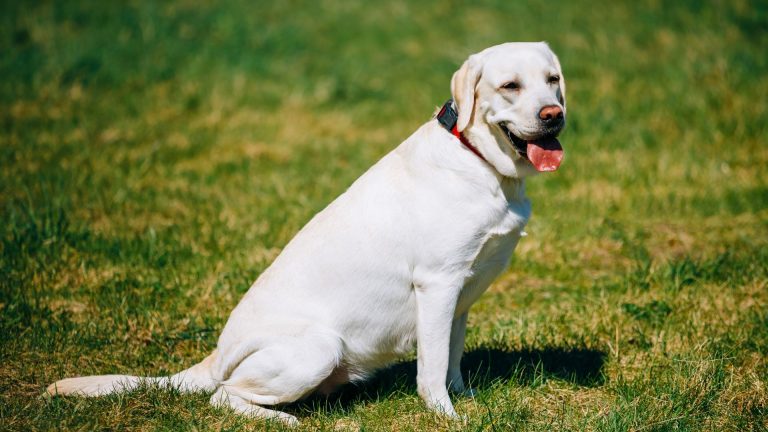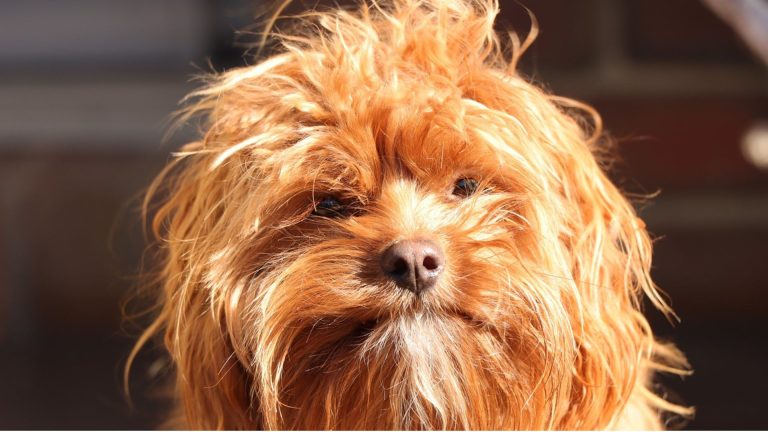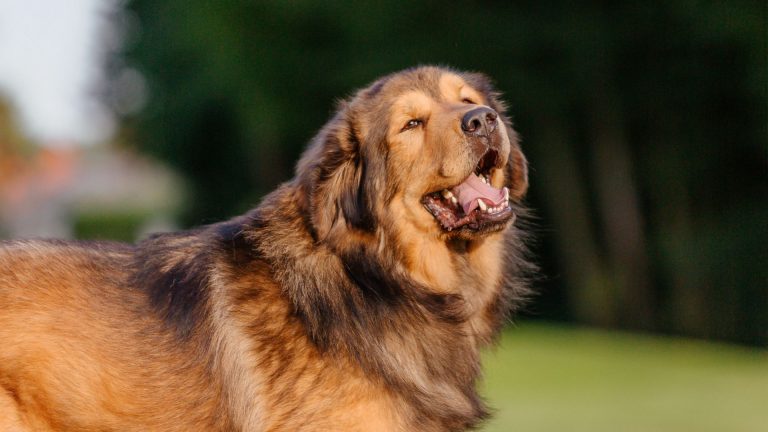
Contents
The Afghan Hound is a breed renowned for its striking elegance and regal demeanor. Originating from the rugged terrains of Afghanistan, this breed boasts a long, flowing coat and a distinctive appearance that exudes nobility. Known for their dignified and aloof nature, Afghan Hounds have captivated dog enthusiasts for centuries with their beauty and grace.
Highlighting the breed’s elegance, the Afghan Hound’s physical attributes are complemented by its athletic build and swift agility. Their majestic qualities make them a standout in dog shows and as cherished companions in homes worldwide. Understanding the Afghan Hound’s unique characteristics and needs is essential for potential owners, ensuring they can provide the best care and environment for this exceptional breed. By delving into the history, temperament, and care requirements of the Afghan Hound, one can truly appreciate the allure and magnificence of this majestic breed.

History and Origin
The Afghan Hound, one of the oldest known dog breeds, boasts a rich history dating back thousands of years. Originating in the mountainous regions of Afghanistan, this breed was developed by nomadic tribes for hunting large game such as deer and leopards. Its unique features, including a thick, flowing coat, were honed to endure the harsh climate and rugged terrain of its homeland.
Geographically, the Afghan Hound’s origins significantly influenced its development. The breed’s distinctive coat provided essential protection against the cold and often severe weather conditions of the Afghan mountains. This coat, combined with its long limbs and strong build, enabled the Afghan Hound to navigate challenging terrains with ease. Culturally, Afghan Hounds held a prestigious status, often associated with nobility and royalty. They were cherished for their hunting prowess and elegant appearance, making them a symbol of status and refinement.
In the 19th century, British soldiers and explorers encountered these majestic dogs and brought them back to England, marking the breed’s introduction to the Western world. Breeders in Europe and America focused on preserving the Afghan Hound’s unique characteristics, ensuring its continued elegance and regal demeanor. Today, the Afghan Hound remains admired for its rich history and unparalleled beauty.

Physical Characteristics
The Afghan Hound is a breed that stands out for its striking appearance and dignified presence. This elegant dog is characterized by its long, flowing coat, which is often silky and fine in texture. The coat covers the entire body, including the legs, tail, and ears, giving the Afghan Hound a regal and graceful look. The breed’s coat is not just for show; it provided essential protection against the harsh weather conditions in its native Afghanistan.
Size and Weight
In terms of size, Afghan Hounds are considered a large breed.
- Males: Typically stand between 27 to 29 inches tall at the shoulder.
- Females: Slightly smaller, ranging from 25 to 27 inches.
- Weight: Generally falls between 50 to 60 pounds for males and 45 to 55 pounds for females.
Despite their size, Afghan Hounds are known for their lithe, agile build, which contributes to their swift and graceful movement.
Coat Colors and Distinctive Features
The coat of an Afghan Hound comes in a variety of colors, adding to their allure. Common colors include black, cream, red, blue, and brindle, with some dogs exhibiting a combination of these colors. The coat often features darker facial markings, and a prominent “topknot” of longer hair on the head is a distinctive feature of the breed.
- Tail: Long and curved, often carried high with a ring or curl at the end.
- Head: Refined, narrow skull with a long, elegant muzzle.
- Eyes: Almond-shaped and dark, conveying an expression of dignity and aloofness.
Grooming Needs and Maintenance Tips
Maintaining the Afghan Hound’s luxurious coat requires regular grooming.
- Daily Brushing: Essential to prevent mats and tangles, especially in the longer areas of the coat.
- Bathing: Should be done regularly to keep the coat clean and free of debris.
- Trimming: Periodic trimming may be necessary, particularly around the feet and ears, to maintain a neat appearance.
Health and Hygiene
Additionally, Afghan Hounds are prone to ear infections because of their long, pendulous ears, so regular ear cleaning is crucial. The breed’s nails should be trimmed regularly to prevent overgrowth, and dental hygiene should not be neglected. Overall, the Afghan Hound’s grooming needs are intensive but rewarding, ensuring that this majestic breed maintains its elegant and distinctive appearance.

Temperament and Personality
The Afghan Hound is known for its independent and aloof temperament, often exhibiting a dignified and somewhat reserved demeanor. Despite their regal bearing, Afghan Hounds are affectionate and loyal to their families. They are known for their gentle and sweet nature, which makes them wonderful companions. However, their independent streak means they can sometimes be aloof with strangers.
Interaction with family members is typically positive, as Afghan Hounds form strong bonds with their owners. They are usually good with children, although their size and energy levels mean that supervision is recommended with very young kids. Afghan Hounds can coexist with other pets, especially if raised together, but their strong prey drive might make them less suitable for homes with small animals like rabbits or guinea pigs.
In terms of living environments, Afghan Hounds are quite adaptable but thrive best in homes with plenty of space to roam. They are well-suited for suburban or rural settings where they can enjoy regular exercise and outdoor activities. Apartment living can work if the dog receives sufficient daily exercise, but it’s essential to remember that Afghan Hounds need regular opportunities to run and stretch their legs. Their elegance and distinctive personality make them a unique and rewarding breed for those who appreciate their characteristics.

Training and Exercise Needs
Training an Afghan Hound requires patience, consistency, and a gentle approach. Due to their independent nature, these dogs can sometimes be stubborn, making traditional training methods less effective. Positive reinforcement techniques, such as treats, praise, and play, are highly recommended. It’s important to start training early, as puppies are more receptive to learning and can better adapt to the desired behaviors. Socialization is also crucial, exposing the Afghan Hound to various environments, people, and other animals to foster a well-rounded temperament.
The exercise needs of an Afghan Hound are significant, as this breed is known for its high energy and agility. Daily exercise is essential to keep them physically and mentally stimulated. Long walks, runs, and play sessions in a secure, fenced area are ideal activities. Afghan Hounds excel in activities that allow them to use their speed and agility, such as lure coursing and agility training. Providing opportunities for free running in a safe environment is beneficial, as it lets them stretch their legs and burn off excess energy.
Training an Afghan Hound can present some challenges. Their independent streak and occasional aloofness can make them less responsive to commands. To address these challenges, it’s important to keep training sessions short, engaging, and varied to maintain their interest. Consistency is key, as well as maintaining a calm and assertive demeanor. Harsh training methods or punishment should be avoided, as they can lead to fearfulness or further stubbornness. Patience and positive reinforcement will yield the best results, helping to develop a well-behaved and happy Afghan Hound.
By understanding and meeting the training and exercise needs of the Afghan Hound, owners can enjoy a harmonious and fulfilling relationship with this elegant and spirited breed.
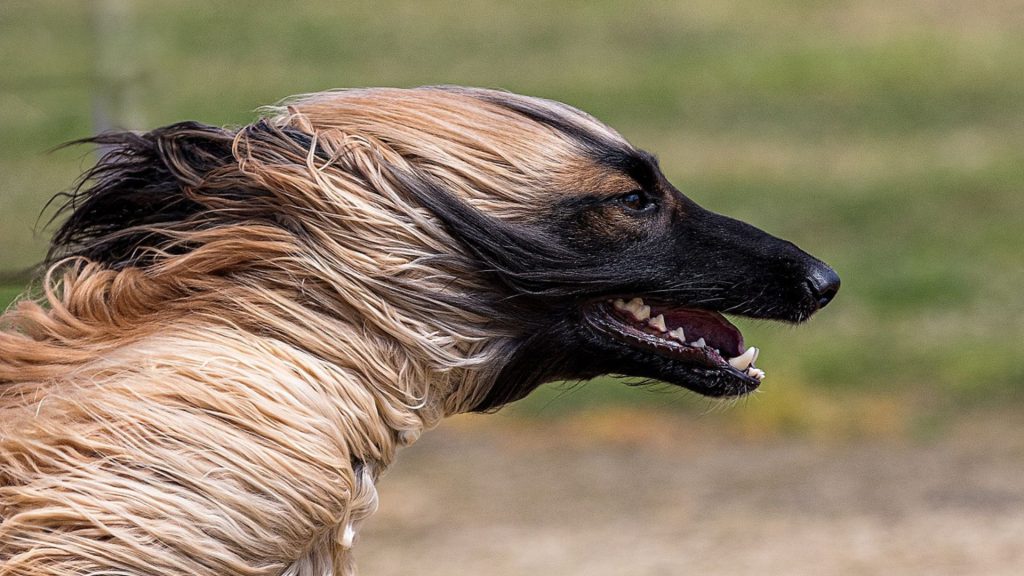
Health and Lifespan
The Afghan Hound is generally a healthy breed, but like all dogs, they are prone to certain health issues and genetic predispositions. Some of the common health concerns for Afghan Hounds include hip dysplasia, a condition where the hip joint doesn’t fit properly, leading to arthritis and pain. They are also susceptible to cataracts and other eye conditions, which can affect their vision as they age. Additionally, Afghan Hounds can be prone to hypothyroidism, a condition where the thyroid gland doesn’t produce enough hormones, leading to weight gain, lethargy, and skin issues.
To ensure the health and well-being of an Afghan Hound, regular veterinary check-ups are essential. Preventive measures include maintaining a balanced diet, regular exercise, and routine vaccinations. Dental care is also important, as Afghan Hounds can be prone to dental issues. Regular brushing of their teeth and professional cleanings can help prevent dental disease. Given their susceptibility to hip dysplasia, maintaining a healthy weight through proper diet and exercise is crucial to reduce stress on their joints.
Eye health should be monitored regularly, with periodic veterinary eye exams to catch any issues early. For hypothyroidism, routine blood tests can help in early detection and management. Additionally, Afghan Hounds have sensitive skin. So using gentle grooming products and ensuring their coat and skin are kept clean and free from parasites is important.
The average lifespan of an Afghan Hound is typically between 12 to 14 years. Factors influencing their longevity include genetics, diet, exercise, and overall care. Providing a loving, stable environment and regular medical care can significantly impact their quality of life and lifespan. Keeping an Afghan Hound mentally stimulated and physically active is key to ensuring they live a long, healthy, and happy life.
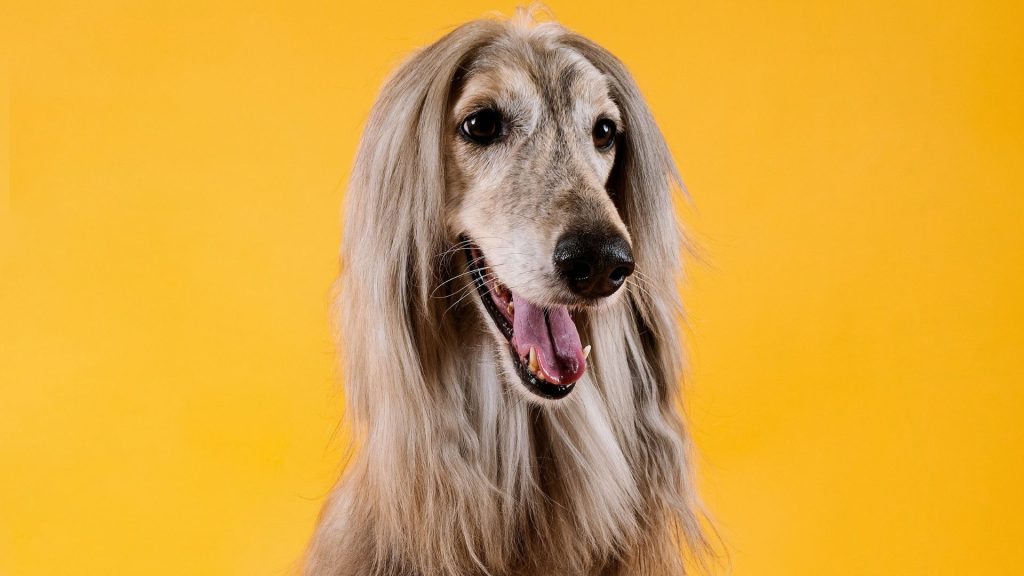
Living with an Afghan Hound
Living with an Afghan Hound can be a rewarding experience, provided the right environment and care are in place. These dogs thrive in homes with ample space, such as houses with large yards where they can run and play. They are best suited for suburban or rural settings rather than urban apartments, although they can adapt to apartment living if given sufficient exercise.
For new and prospective owners, it’s essential to understand the breed’s unique needs. Afghan Hounds require regular grooming to maintain their luxurious coat, so being prepared for frequent brushing and occasional professional grooming is important. Their independent nature means training can be a challenge, so patience and consistency are key. Early socialization and positive reinforcement techniques will help in developing a well-behaved and sociable pet.
There are several pros and cons to owning an Afghan Hound. On the positive side, they are incredibly elegant and beautiful dogs, known for their graceful movement and striking appearance. They are also loyal and form strong bonds with their families. However, potential downsides include their high grooming needs and independent, sometimes aloof personality, which can make training more difficult. Additionally, their strong prey drive may make them less suitable for homes with small pets.
Understanding these aspects can help prospective owners decide if an Afghan Hound is the right fit for their lifestyle, ensuring a harmonious and fulfilling relationship with this majestic breed.
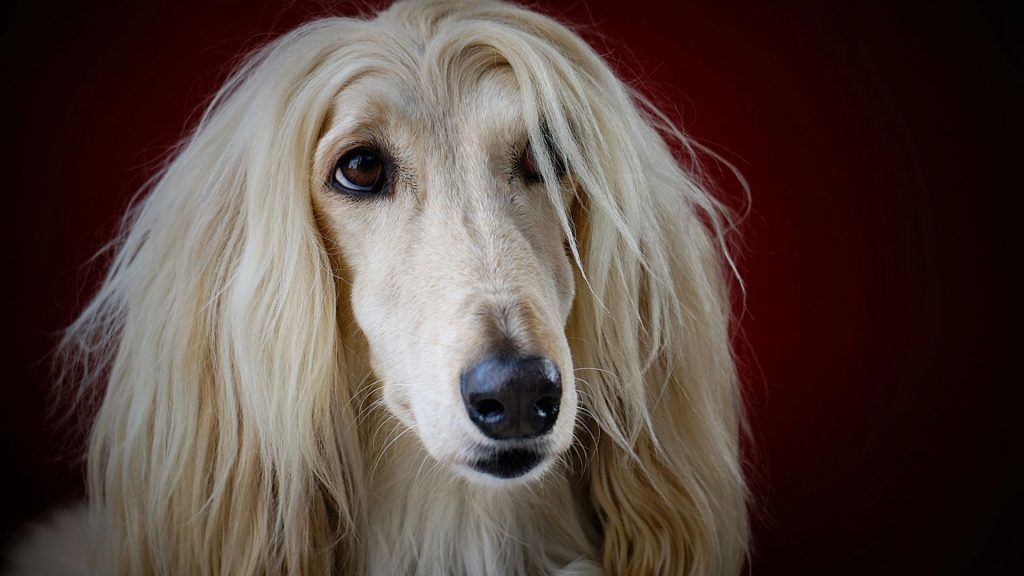
Fun Facts and Trivia
The Afghan Hound is a breed rich in history and unique characteristics. One interesting fact is that the Afghan Hound is one of the oldest dog breeds, with origins tracing back thousands of years to ancient Egypt. Their distinctive appearance, including their luxurious coat and aloof demeanor, often makes them stand out in dog shows.
In popular culture, Afghan Hounds have made their mark as well. They were featured in the animated film “Lady and the Tramp II: Scamp’s Adventure” as the elegant dog named Collette. Another famous Afghan Hound was “Ravi,” owned by Pablo Picasso, who often painted his beloved pet.
Afghan Hounds possess special traits and behaviors, such as their remarkable speed and agility, making them excellent in lure coursing events. They also have a strong prey drive, a remnant of their history as hunting dogs. Despite their independent nature, they are known for their loyalty and deep bonds with their families, showcasing a blend of grace, elegance, and devotion.
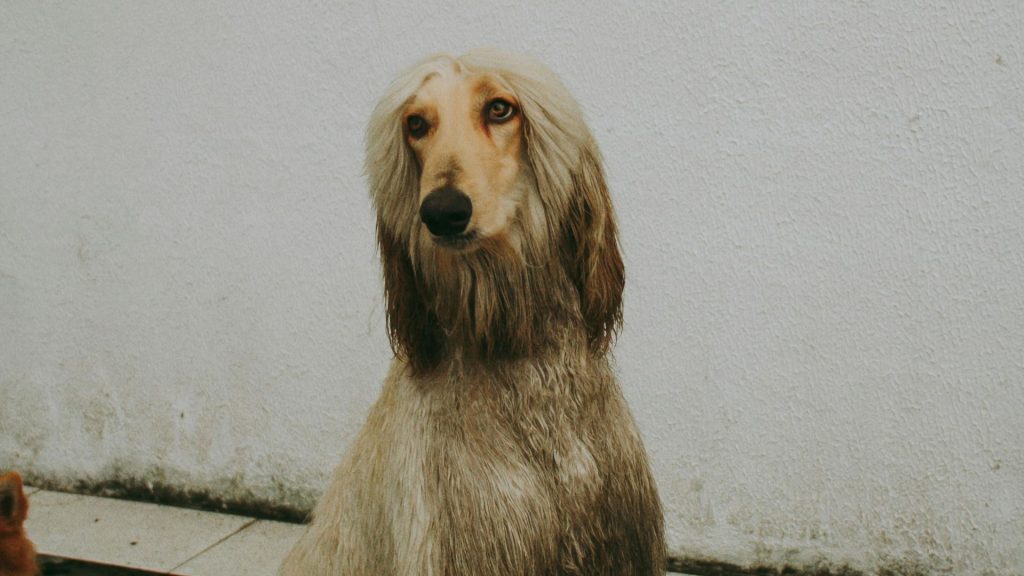
Conclusion
The Afghan Hound epitomizes elegance and majesty, with its long, flowing coat and regal demeanor. This ancient breed’s distinctive appearance and dignified temperament make it a standout among dog enthusiasts. While they require significant grooming and have an independent nature, Afghan Hounds are deeply loyal and form strong bonds with their families.
For those willing to invest the time and effort, owning an Afghan Hound can be a rewarding experience, offering a unique blend of beauty, grace, and affectionate companionship. Their rich history and captivating presence make the Afghan Hound a truly majestic breed.

Hello, I’m Donna Carter, the founder and writer behind PetFleck.com. My journey with dogs started years ago, and it’s been a passion that has only grown stronger over time. I’ve always been fascinated by the unique behaviors and characteristics of different dog breeds, and this curiosity has led me to dive deep into the world of canine studies.
My love for dogs is the driving force behind everything I do. I’ve dedicated countless hours to researching and understanding the nuances of dog care, training, and breed-specific traits. This dedication helps me create content that is not only informative but also genuinely helpful for fellow dog lovers and owners.
At PetFleck, I combine my extensive knowledge and hands-on experience with my passion for dogs to provide valuable insights and tips. Whether it’s exploring different breeds or offering practical advice on dog care, I aim to share knowledge that makes a real difference in the lives of dogs and their families.
I’m thrilled to share my love for dogs with you through my writing. I hope my articles inspire and inform, helping you to better understand and appreciate the incredible bond we share with our furry friends.
Thank you for visiting PetFleck.com, and I look forward to connecting with you through our shared love of dogs!
